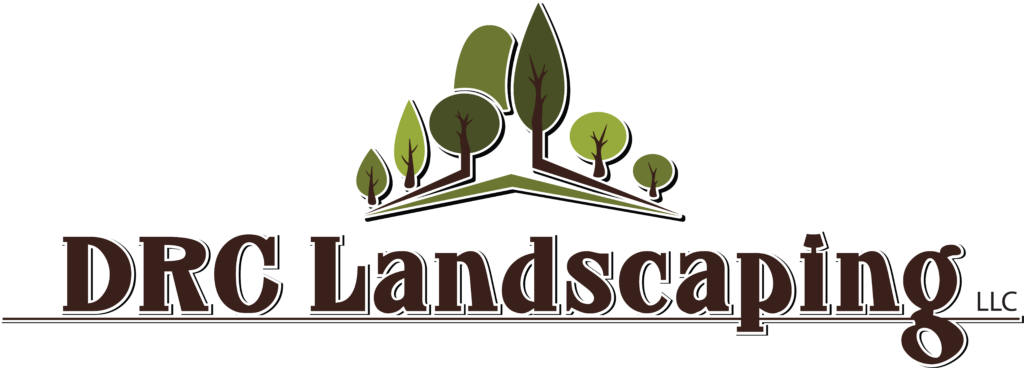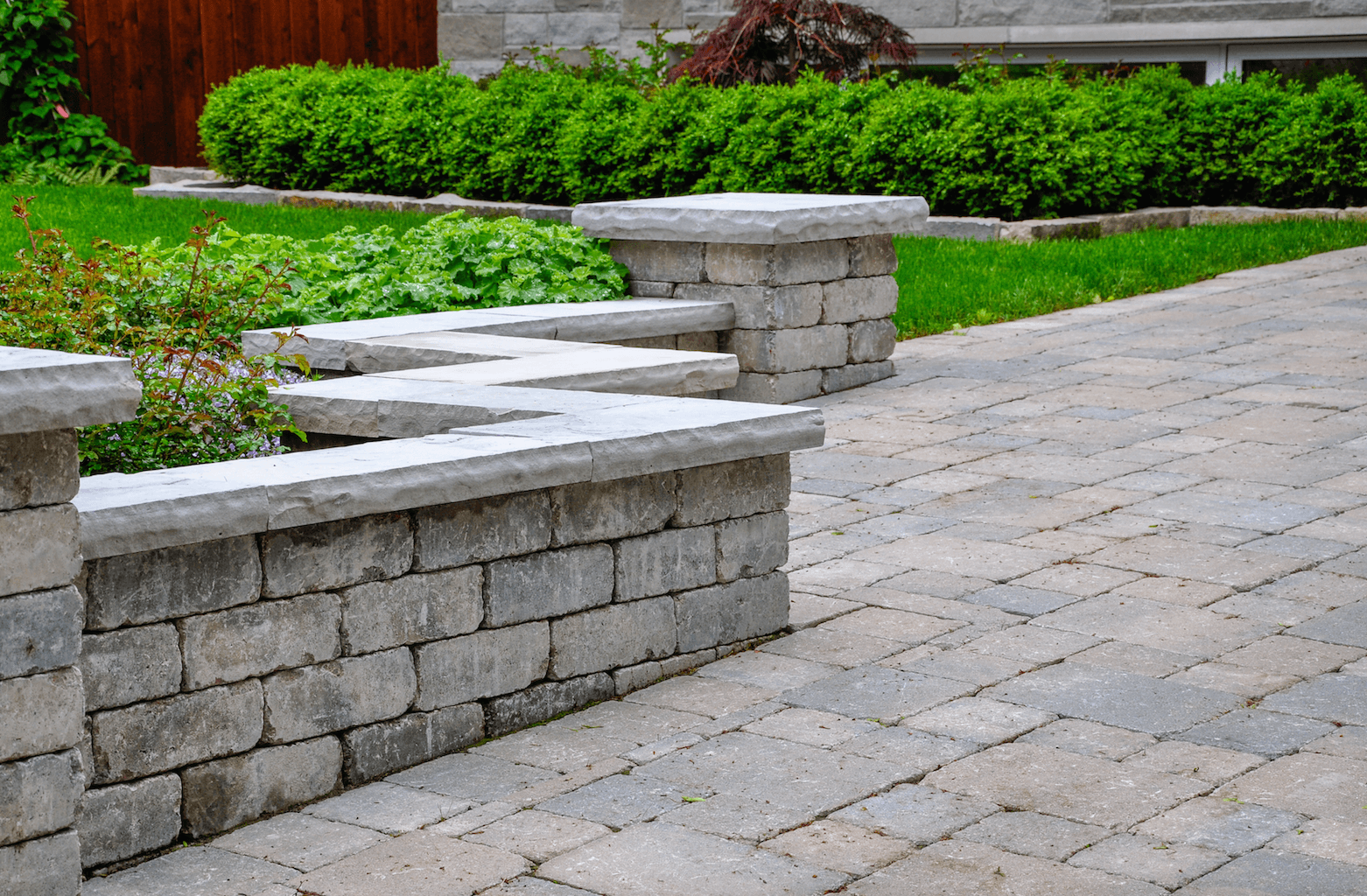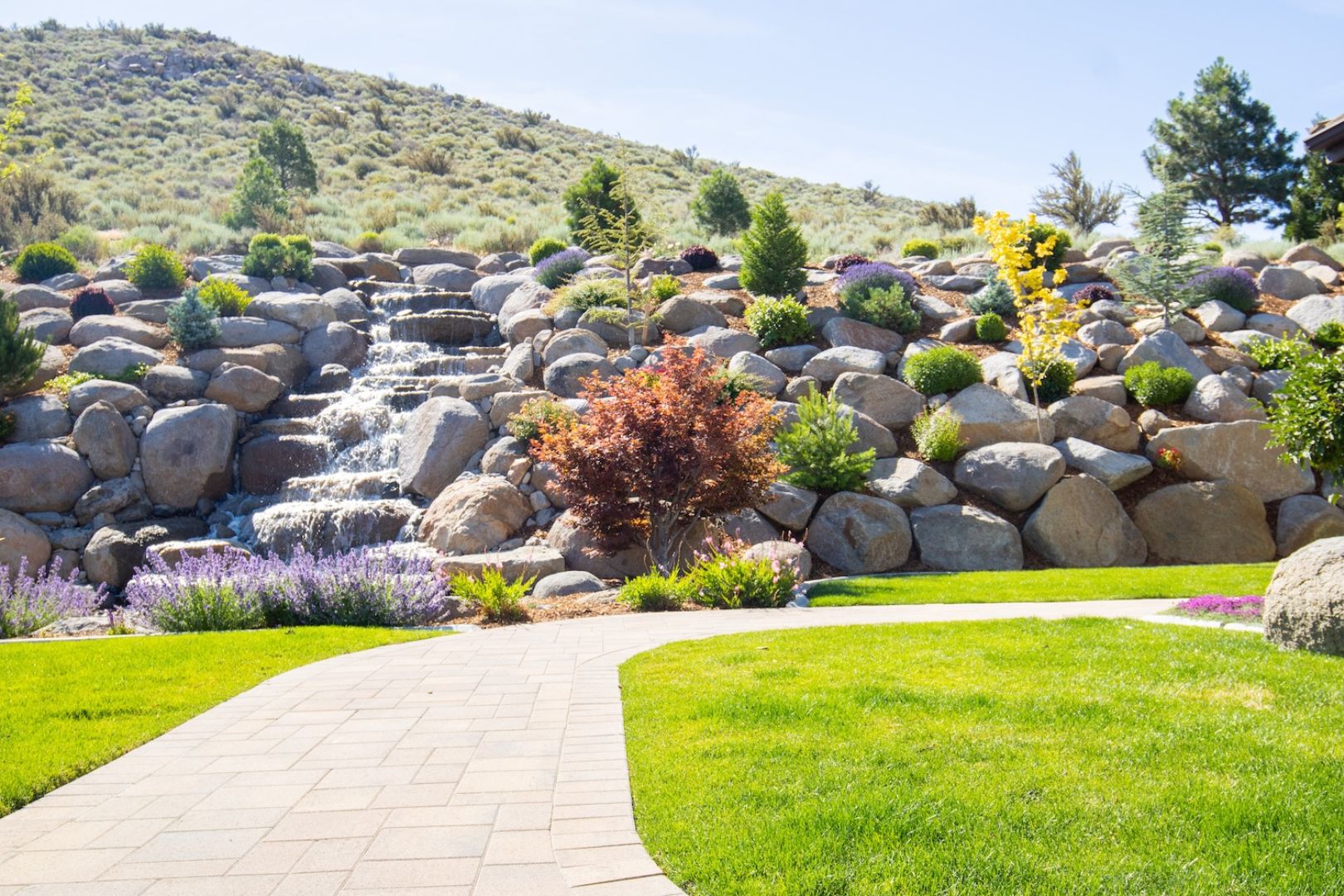When landscape architects tackle designing a new property, they have to consider two opposing elements: hardscapes and softscapes. These two concepts are the yin and yang of landscape design, and when they exist harmoniously, your home’s exterior becomes much more livable – and also gets a boost in curb appeal.
Hardscaping, in short, involves the “hard” features in your yard – concrete, stone, lighting, etc. Essentially, the hardscape elements of your house include anything that isn’t a living organism. Softscaping, as you can guess, involves the opposite – these are the live horticultural elements of your yard, or anything involving plant life.
While this is an easy concept to grasp, finding a balance between these two landscaping elements is easier said than done. Let’s explore the difference between hardscaping and softscaping, as well as some landscaping ideas to improve your outdoor living.
What is Hardscape Design?
If it’s an inanimate object that doesn’t live or grow, it’s a hardscape element. Your outdoor space relies on hardscaping to be livable and feel more organized, from stone pathways to your home’s brickwork and concrete. Hardscaping provides the contours of your yard, which are then filled with softscaping and other outdoor design elements.
Consider the following to improve the structure and contours of your yard:
- Stone, brick, or wood pavers
- Expanded patio space
- Retaining walls
- An outdoor kitchen
- A fire pit
- Planters
- A light post or string lighting
A statue or large landscaping project can also make for a great focal point, drawing the eye towards the yard’s overall structure. Hardscaping also prevents erosion, keeping your lawn intact!
However, a word of caution – too much hardscaping can ruin the effect, making your house look commercial and uninviting. You don’t want your house to feel like the entrance to a hotel or business, so contour effectively and with intent – and don’t forget about the green space.
What is Softscaping?
The other important element of a landscape, softscaping involves the placement and diversity of plant life in your yard. If the hardscape structures and contours your space, softscaping fills it with the color and texture needed to create a diverse and inviting home.
Of course, you don’t want to haphazardly plant random flowers around the front yard. Here’s what softscaping can include:
- Planting flower beds
- A mix of broad leaves and thin grasses
- Combining perennials and seasonals
- Playing with color and textured plant life
- Use diverse plant life, including trees, shrubs, flowers, etc.
Softscapes are the essence of your garden, but don’t bite off more than you can chew – it’s important that you choose plants that you have the time to maintain, so try to softscape using local biodiversity. Additionally, don’t overpower your lawn with plant life – too much greenery, and your yard might feel unmaintained and unkempt.
By balancing textures, shapes, movements, plant life, and hardscape materials, these two landscape elements can greatly increase your home’s beauty and design. Landscapers know that the best lawns place these two concepts in harmony, and if you’re looking for additional landscaping services, or if you want more ideas on how to terraform your property, reach out to Reno’s top landscapers at DRC Landscaping.



